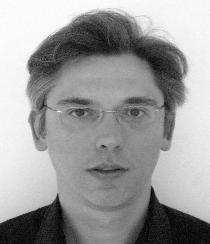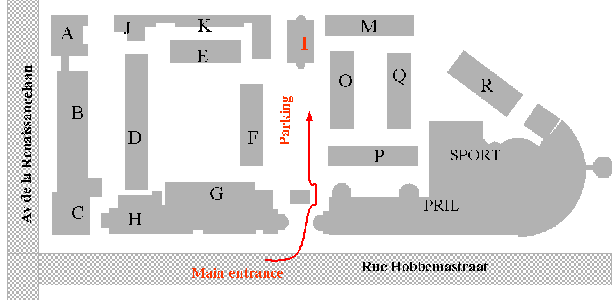 |
Practical information
Abstract Full text |
 |
| Royal Military Academy | Université catholique de Louvain | |
| Polytechnic Faculty | Louvain School of Engineering | |
| SIC | ICTEAM | |
| Brussels --- Belgium | Louvain-la-Neuve --- Belgium |
Pascal Druyts
kindly invites you to the public defense of his PhD thesis entitled Analysis of Environmental Effects on Electromagnetic Induction SensorsThe thesis is the fruit of a cotutelle agreement between the Royal Military Academy and the Université catholique de Louvain Friday 14 October 2011 at 15h00Symposium room, building IRoyal Military Academy |
| PhD committee |
| Supervisors: | Prof. Marc Acheroy, RMA/SIC, Belgium |
| Prof. Christophe Craeye, UCL/ICTEAM, Belgium | |
| President: | Prof. Danielle Vanhoenacker-Janvier, UCL/ICTEAM, Belgium |
| Secretary: | Prof. Xavier Neyt, RMA/SIC, Belgium |
| Jury: | Dr. Yogadhish Das, DRDC, Canada |
| Prof. Ali Khenchaf, ENSTA Bretagne, France | |
| Prof. Philippe Lataire, VUB/ETEC, Belgium |
Practical information
|
